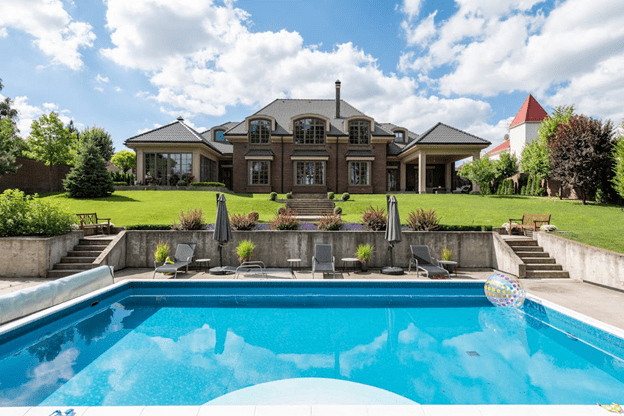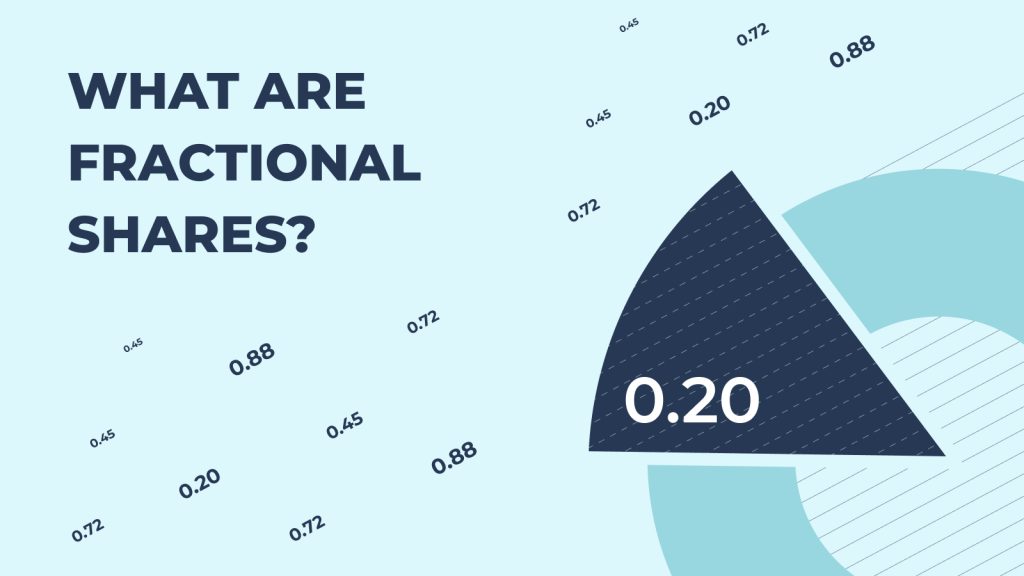Soaring Home Prices: The housing market is facing an unprecedented affordability crisis, transforming the American Dream of homeownership into a distant aspiration for many. Skyrocketing home prices and high mortgage rates have left potential buyers sidelined, increasingly turning to the rental market as their only viable option.
The Shift from Buying to Renting
Laurel Durkay, head of global listed real assets at Morgan Stanley, highlighted this trend in a recent interview with CNBC. She noted that the current affordability crisis is driving growth in the rental market, providing a significant opportunity for landlords and investors. “The move from the American dream to a pipe dream provides rental landlords with a chance to fill the affordability gap,” Durkay said.
Institutional Investors Capitalize on the Crisis
The involvement of institutional investors in the single-family rental market dates back to the aftermath of the Great Financial Crisis. With numerous foreclosures, investors acquired properties at low prices, preventing the housing market from collapsing entirely. Today, these investors continue to benefit as homeownership becomes increasingly unattainable.
Moody’s Analytics senior economist Ermengarde Jabir recently described the single-family rental market as the “superstar of today and tomorrow” for investors. Jabir explained that many people still desire the traditional aspects of homeownership—such as a house with a backyard in a good school district—but the rapid decline in affordability has made this dream unachievable for many. Renting a single-family home provides a feasible alternative.
Single-Family Rentals: A Prime Investment
Durkay emphasized the attractiveness of the single-family rental market for investors, pointing out that some multifamily homes also present good opportunities. However, the recent surge in multifamily construction, particularly in the Sunbelt, has led to flat or decreasing rents in those areas. Despite this, renting remains cheaper than buying, with home prices continuing to reach new highs nearly every month.
Institutional landlords, such as Las Vegas-based American Homes 4 Rent (AMH), are significant players in this market. AMH manages around 60,000 homes and develops single-family homes specifically for rent. Durkay noted, “Renting an AMH home is actually 25% more expensive than owning a home in the same markets.” This premium underscores the affordability challenges faced by potential homeowners.
The Impact of Institutional Ownership
While institutional ownership of single-family rentals remains below 5%, and less than 1% of all single-family homes, its impact is more pronounced in certain markets. In Atlanta, for example, institutional investors own more than 4% of single-family homes, contributing to rising housing costs.
AvalonBay, a major multifamily real estate investment trust, exemplifies the affordability issues in high-demand markets. Durkay mentioned that in AvalonBay markets, where the average home price exceeds $800,000, owning a home is about 95% more expensive than renting. This significant cost disparity further pushes individuals towards renting.
The Broader Implications
For investors and homebuilders, the current market conditions are highly favorable. However, while renting provides a temporary solution for many Americans, it does not fulfill the long-term aspiration of homeownership—a cornerstone of the American Dream. The current environment underscores a stark reality: many are renting not by choice, but because they simply cannot afford to buy.
Conclusion – Soaring Home Prices
As the affordability crisis continues to reshape the housing market, the rental sector stands to gain. Institutional investors and landlords are thriving, filling the gap left by sidelined homebuyers. While this trend offers opportunities for investors, it also highlights the growing divide between the dream of homeownership and the reality of renting.
Also read: Gen Z to Spend $18,000 More on Rent by 30 than Millennials – Study Reveals


















